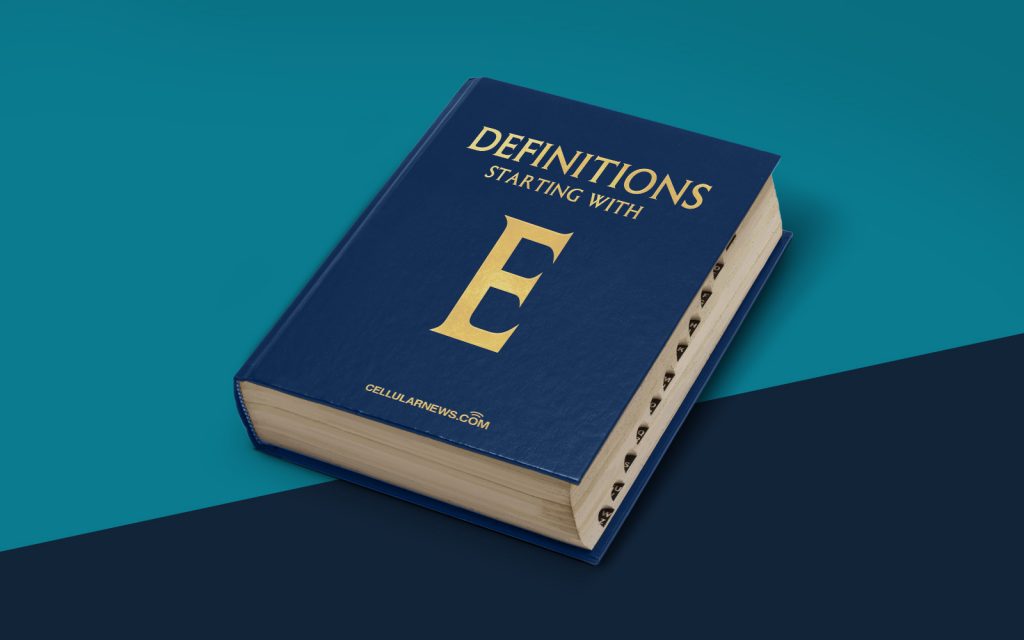
What is End-to-End Encryption (E2EE)?
Welcome to the “DEFINITIONS” category of our blog! In this post, we will dive into the concept of End-to-End Encryption (E2EE) and its significance in maintaining privacy and security in the digital world.
Key Takeaways:
- End-to-End Encryption (E2EE) safeguards sensitive information by encrypting it at the source and decrypting it only upon reaching the intended recipient.
- E2EE ensures that even if intercepted during transmission or stored on servers, data remains unreadable and inaccessible to unauthorized individuals.
Now, let’s answer the question – What exactly is End-to-End Encryption (E2EE)?
In a nutshell, End-to-End Encryption is a robust security measure that protects our data from unauthorized access throughout its journey across the internet. It ensures that only the intended recipient can decrypt and access the information.
Here’s a breakdown on how E2EE works:
- Encryption at the Sender’s End: When a user sends a message or transmits data, E2EE encrypts it on their device, transforming the original text or information into a series of random characters, unintelligible to anyone without the decryption key.
- Secure Transmission: The encrypted data is then sent through various servers and networks to reach its destination while remaining incomprehensible to those who might try to intercept it. This includes Internet Service Providers (ISPs) and even the platform or service used for communication.
- Decryption at the Receiver’s End: Upon reaching the intended recipient’s device, the encrypted data is decrypted using a unique key that only the recipient possesses. This key unlocks the information, making it readable and accessible once again.
End-to-End Encryption offers users the assurance that their messages, files, or other sensitive data remain private and secure. By encrypting the data at the source and decrypting it only at the intended destination, any potential threats or eavesdroppers along the way are unable to decipher the information.
E2EE plays a vital role in protecting sensitive information in various scenarios, such as:
- Secure messaging applications, where individual or group conversations remain confidential.
- File sharing services, ensuring that sensitive documents or files only reach the intended recipients.
- Electronic banking transactions, safeguarding personal and financial data from unauthorized access.
- Video conferencing platforms, preventing unauthorized individuals from intercepting private conversations or accessing video streams.
In a world where data breaches and privacy concerns are on the rise, End-to-End Encryption serves as a crucial tool in maintaining the confidentiality and integrity of personal information. By implementing this robust security measure, both individuals and businesses can confidently communicate and exchange sensitive data without fear of unauthorized access or data leakage.
Remember, when selecting digital services or platforms, it’s important to choose ones that prioritize the implementation of End-to-End Encryption. This will help ensure that your data remains secure and that your privacy is protected every step of the way.
